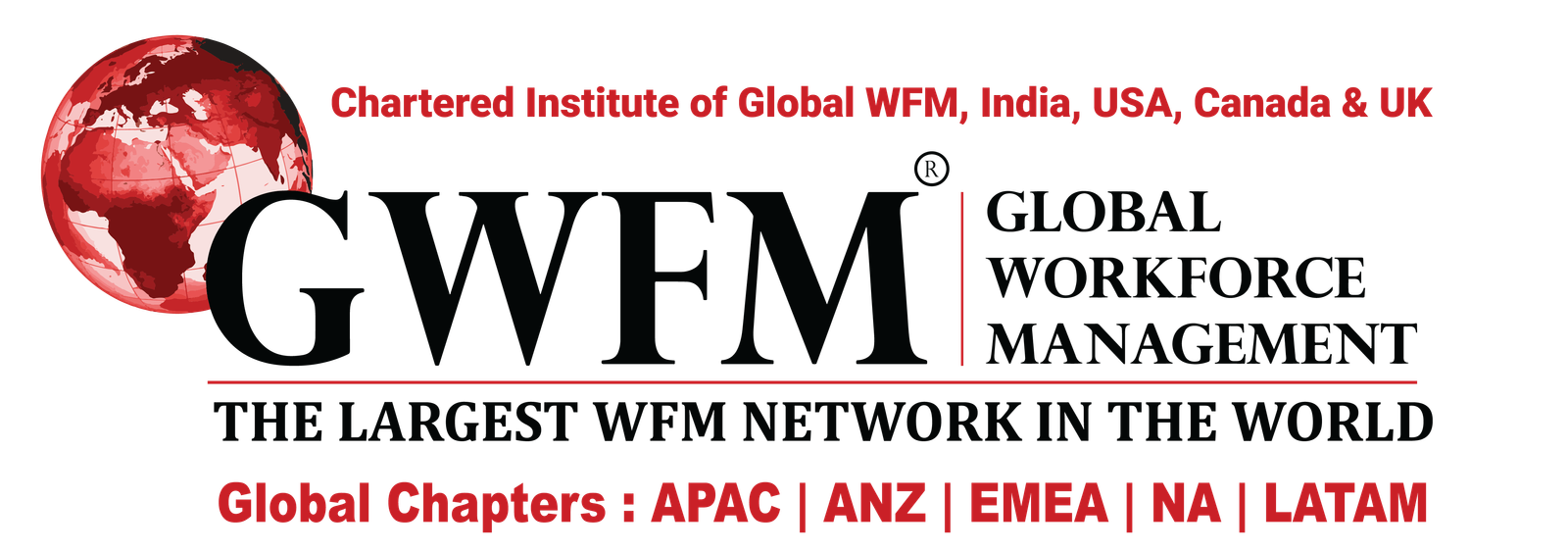How technology is redrawing the boundaries of the firm

Companies are reorganising themselves in the wake of digital upheaval
Technology and business are inextricably linked. Entrepreneurs harness technological advances and, with skill and luck, turn them into profitable products. Technology, in turn, changes how firms operate: electricity enabled the creation of larger, more efficient factories, since these no longer needed to depend on a central source of steam power; email has done away with most letters. But new technologies also affect business in a subtler, more profound way. They alter not just how companies do things but also what they do—and, critically, what they don’t do.
The history of capitalism is a story of such reorganisations. The Industrial Revolution put paid to the “putting-out system”, in which companies obtained raw materials but outsourced manufacturing to self-employed craftsmen who converted these into finished products at home and were paid by output. Instead, factories strengthened the tie between worker, now employed directly and paid by the hour, and workplace. The telegraph, telephone and, in the 20th century, containerised shipping and better information technology (it), have allowed multinational companies to subcontract ever more tasks to ever more places. China became the world’s factory; India became its back office. Nearly three years after the pandemic began, it is clear that technology is once again profoundly redrawing the boundaries of the firm.
In the rich world, fast broadband internet and new communication platforms like Zoom or Microsoft Teams mean that a third of working days are now done remotely. Jobs are trickling out from corporate headquarters in metropolises to smaller cities and towns. And the boundary between collaborating with a colleague, a freelance worker or another firm is blurring. Companies are drawing on common pools of resources, from cloud computing to human capital. By one estimate, skilled freelance workers in America earned $247bn in 2021, up from about $135bn in 2018. The biggest firms in America and Europe are becoming more reliant on outsourcing white-collar work. Exports of commercial services from six large emerging markets have grown by 16.5% a year since the pandemic began, up from 6.5% before it (see chart 1). On January 9th Tata Consultancy Services (tcs), an Indian it-outsourcing giant, is expected to report another bump in profits.

On Coase inspection
A useful lens for understanding these changes was offered by Ronald Coase in his ground-breaking paper from 1937 entitled “The nature of the firm”. Stay small and you forgo the efficiency afforded by scale. Grow too big and a business is too unwieldy to manage—think of Soviet-style command-and-control economies. Most commerce happens in between those extremes. But where on the continuum? Coase, whose insights earned him a Nobel prize in economics, argued that firms’ boundaries—in other words, what to do and what not to do yourself—are determined by how transaction and information costs differ within firms and between them. Some things are done most efficiently in house. The market takes care of the rest.
For example, between the 1980s and the 2010s, globalisation and the it boom boosted economies of scale and, as a result, encouraged market concentration. But the two factors also increased competitive pressures and reduced the cost of communication and collaboration between firms. This caused companies to shrink their scopes. In research published last year Lorenz Ekerdt and Kai-Jie Wu of the University of Rochester found that the average number of sectors in which American manufacturers were active fell by half between 1977 and 2017. By the 2000s many sprawling industrial conglomerates like Germany’s Degussa, which had a hand in everything from metals to medicine, or British Aerospace, which was dabbling in automobiles, had unwound themselves and picked the knitting to stick to (chemicals and aircraft, respectively).
Today Coasean forces are ushering in a new type of corporate organisation. It resembles a 21st-century putting-out system—not for artisan craftsmen but for the sort of white-collar professionals who epitomise modern Western economies. Micha Kaufman, boss of Fiverr, an Israel-based marketplace which matches freelance workers with corporate clients around the world, observes that firms are getting better at measuring workers’ performance based on their actual output rather than time spent producing it. This is true both of employees and subcontractors. The result is a reorganisation of businesses both internally and in relation to other companies in the economy.

Start on the inside. Using data from America’s Quarterly Census of Employment and Wages, The Economist has examined jobs in three sectors particularly compatible with remote work: technology, finance and professional services. Our analysis finds that such jobs have become far more distributed across America since the pandemic. Big metropolitan areas have lost out to smaller cities and even the countryside (see chart 2). Since the fourth quarter of 2019, the number of jobs in the three sectors has grown by five percentage points more in rural areas than in San Francisco and New York.
Firms are also distributing work across more borders, often in new ways. Oswald Yeo, who runs Glints, a recruiting startup in Singapore, says that his firm hires employees in batches by country. That helps the new recruits from Indonesia, say, form in-person connections with colleagues there, while expanding Glints’s talent pool, Mr Yeo explains. There is a premium for locations without a big time difference because, as a study last year from Harvard Business School found, cross-border teams collaborating on non-routine tasks often work into their leisure time in order to work synchronously with colleagues in different time zones. In Glints’s case, that is places like Indonesia.
For American companies, it is increasingly Canada. Microsoft, which opened its first Canadian office in 1985, created a big new one in Toronto in 2022. Google is tripling its Canadian workforce to 5,000. A study last year by cbre, a property firm, of the 50 cities in America and Canada with the most tech workers found that four of the top ten were Canadian. Together, the four added 180,000 tech jobs between 2016 and 2021, an increase of 39%. By comparison, the top four American cities gained just 86,000 jobs, or 8%, over the same period. Lower costs doubtless helped; the Canadian quartet were among the 16 cheapest cities among the 50, as measured by housing costs.
Barriers to immigration are another factor forcing firms to look abroad, says Prithwiraj Choudhury of Harvard Business School. Mr Choudhury has documented a growing class of firms that help employers forge stable relationships with overseas employees without hiring them directly. One example is MobSquad, a firm that recruits skilled workers unable to obtain visas to America and employs them in Canada instead. Its American clients include Betterment, an investment firm, and Guardant Health, a biotechnology company.
MobSquad’s recruits sit somewhere in between outsourced temps and full-time employees. This sort of arrangement points to the bigger Coasean shift—to how firms demarcate which tasks they perform on their own account and which they subcontract.

A survey of nearly 500 American firms conducted by the Federal Reserve Bank of Atlanta in August 2022 found that 18% plan to use more independent contractors; only 2% said they would use fewer (see chart 3). On top of that, 13% want to rely more on leased workers, compared with 1% who want to reduce this reliance. Mbo Partners, a workforce-management firm, estimates that the number of American workers engaging in independent work for at least 15 hours a week increased from 15m in 2019 to 22m in 2022. Official figures from the Bureau of Labour Statistics are more conservative, but still show that nearly 1m more Americans are self-employed than at the start of 2020. Pandemic-era job losses forcing people into less desirable work arrangements cannot be the whole story; a similar surge in self-employment did not occur after the global financial crisis of 2007-09.
The shift is once again enabled by technology, such as the proliferation of platforms for all manner of freelance work. Having grown slowly, from 9% of America’s labour force in 2000 to 11% in 2018, self-employment is becoming much more common. Gig work is no longer the preserve of ride-hailing or food delivery. Whereas earlier freelance platforms, such as Taskrabbit, focused on routine tasks, emerging new ones increasingly recruit freelance workers for complicated work. Upwork specialises in web development; Fiverr is known for media production. Amazon turned to Tongal, another freelancing platform, when it needed a team to rapidly produce social-media content for its Prime tv shows.

Besides making it easier for companies to rely on non-employees, technology is enabling new ways of collaboration between businesses. In 2020 Slack, the messaging platform of choice at many a firm, launched a feature that allows users to communicate directly with other companies as they can within their own organisations. More than 70% of companies in the Fortune 100 list of America’s biggest firms by revenue use the feature. The Atlanta Fed’s survey found that 16% of responding firms were planning to increase domestic outsourcing and 12% envisioned more offshoring. Already, combined revenues for six big it-services firms with large operations in India—Cognizant, hclt, Infosys, tcs, Tech Mahindra and Wipro—grew by 25% between the third quarter of 2019 and the same period last year.
Pinning down just how much firms depend on outsiders is tricky—companies do not advertise this sort of thing. To get an idea, Katie Moon and Gordon Phillips, two economists, look at a firm’s external purchase commitments in the upcoming year as a share of its cost of sales. As a snapshot of the economy, this measure of “outsourcing intensity”, as Ms Moon and Mr Phillips call it, must be treated with caution; it does not capture all types of outsourcing and different firms account for external purchases in different ways. But it usefully illustrates changes over time.

The Economist has calculated the measure using data from financial reports for a sample of large listed firms from America and Europe (see chart 5). We find that companies are indeed growing more reliant on others. Average outsourcing intensity across our sample has nearly doubled from 11% in 2005 to 22% in the most recent year of data (either 2021 or 2022). This growth is especially pronounced among tech titans such as Apple and Microsoft; businesses that grew little over the analysed period, such as Unilever, a British consumer-goods giant, saw only small increases. This is consistent with research which finds that as firms grow ever larger and adopt more technologies, thus becoming more complex and unwieldy, they outsource more operations—precisely as Coase would have predicted.
As technology evolves, the contours of the firm will continue to be redrawn. The result is that companies have greater flexibility to seek out new workers for new tasks in new places. Portugal has created a special visa for digital nomads, who will be able to work from the country for a year. Argentina wants to introduce a preferential exchange rate for freelance workers selling their services abroad: the “tech dollar” would ensure that they will not be exposed to the rapidly devaluing peso.
For Western white-collar types, this stiffer competition for work may translate into compressed wages. According to a working paper published last year, by Alberto Cavallo of Harvard Business School and colleagues, wages differ less between countries for occupations that are more prone to outsourcing. For the global economy, though, it means greater efficiency and, it is to be hoped, faster growth and higher living standards. And for Coase, it means continued relevance.
Source: GWFM Research & Study

Responses